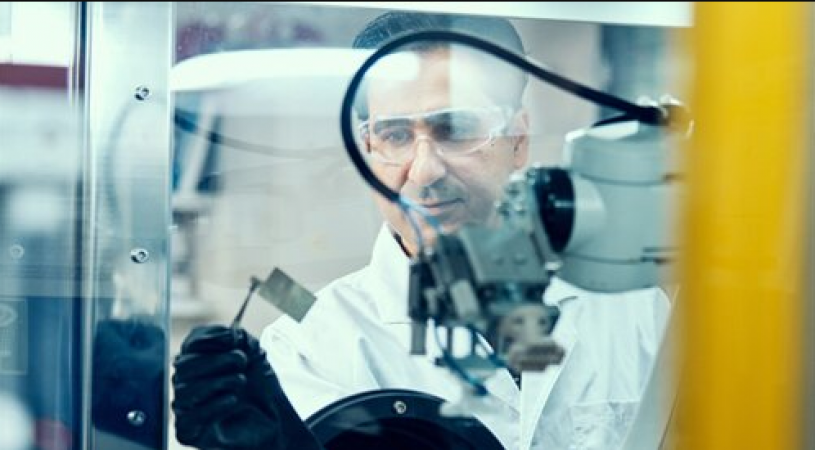
Tel Aviv: Researchers at Tel Aviv University have created a robot with the ability to smell. It was created by fusing the desert locust's antenna with an electronic system, and artificial intelligence tools were used for signal analysis. According to the study, robots have 10,000 times more sensitivity to smell than commonly used electronic devices.
This robot is, according to the team, a "scientist first". However, they agree that man-made technologies cannot compete with biological olfactory senses, which are robust, versatile and sensitive.
It is also worth noting that scientists have surgically modified locusts to detect cancer. In 2016, researchers attempted to detect explosives using locusts.
Also Read: 91 tech giants laid off around 24,000 employees within 15 days
The grasshopper's antennae, which act as a biological sensor, send out electrical signals in response to nearby odors, which the robot recognizes and interprets.
A machine-learning algorithm was used to connect the sensors to the electronic system. According to the research team, the system could one day be used to detect explosives, drugs and even diseases.
The robot could distinguish between at least eight "pure odors," such as geranium, lemon, and marzipan, and two mixtures of different odors, regardless of odorant concentration.
Also Read: IT Ministry creating consolidated view on skill games for all states
"In fact, even after the experiment ended, we continued to identify additional distinct and unusual odors, such as different types of Scotch whisky," said Professor Yossi Yovel, who took part in the study.
Our sense organs, such as the eyes, ears and nose, use receptors to recognize and differentiate between different signals. These are then converted by the brain into electrical signals, which it interprets as information.
The difficulty with biosensors is connecting a sensory organ, such as the nose, to an electronic system that understands how to decode the electrical signals it receives from the receptors.
For example, some animals have an incredible ability to detect explosives or drugs; "The development of a robot with a biological nose could help us preserve human life and identify criminals, which is currently not possible," said Dr. Ben Mauz from the Sagol School of Neuroscience. "Some animals can detect diseases. Others have the ability to detect earthquakes. "The only limit is your imagination."
Also Read: A23 and Galaxy A14 5G from Samsung are released in India
The principle used in this study can also be applied to other senses such as sight and touch. In the future, the researchers hope to give the robot navigational capabilities, allowing it to point to and identify the source of an odor.